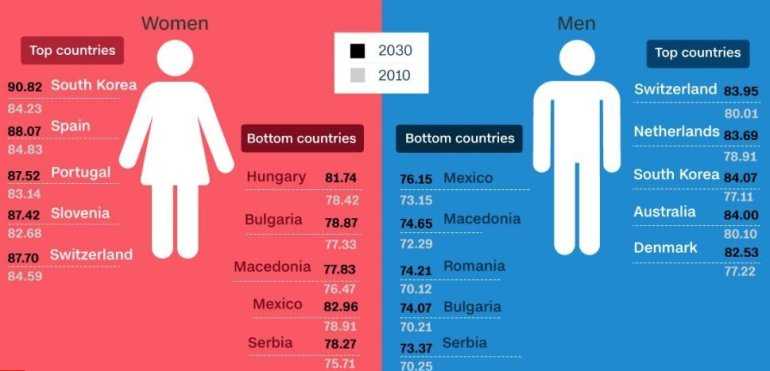It’s an inquiry as old as possible time: would human be able to live for eternity? The antiquated journey for interminability could now have an answer: no. Somewhere in the range of 120 and 150 years is the limit, as indicated by another logical investigation.

Scientists at human existence augmentation startup Gero took an assortment of estimations from grown-ups in the US, UK and Russia, similar to platelet tallies and the number of steps taken each day. They tracked down that paying little heed to outer components, or identity, these numbers declined with age – prompting a deficiency of organic versatility to things like illness, stress or injury.
The investigation, distributed in Nature Communications, presumed that this decrease in versatility flags that ‘the finish of life is an inborn organic property of an organic entity and that it ‘implies a crucial or total constraint of human life expectancy.’
This implies that regardless of whether, by sheer possibility, you figure out how to evade sicknesses like malignancy and coronary illness, or getting hit by a vehicle, your body will in any case decay to such a point it cannot fend off ordinary dangers, similar to microorganisms and infections.
This decrease in the body’s capacity to get back to balance, as estimated in platelet tallies and steps checked, proposes that the most extreme life expectancy for people lies someplace in the 120 to 150 years range.
The world’s most established recorded living individual is Jeanne Calment, a French resident who allegedly lived to 122 – however, there is some wariness about the case. Endeavours to broaden human existence, or accomplish eternality, have become a specific focal point of Silicon Valley, with firms like Google’s Calico and the Jeff Bezos and Peter Thiel-sponsored startup Unity Biotechnology hoping to invert the normal decrease coming about because of maturing.
People are normally carrying on significantly longer because of advances in diet and clinical science: the United Nations assesses that the present populace of centenarians (individuals living more than 100), of 450,000, will inflatable to 25 million by 2100.
It’s not the first occasion when that a logical effort to ascertain an upper age limit has drawn consideration. In 2016, an investigation likewise distributed in Nature utilized many years of mortality information to set the normal cap for human existence around 115.
Human Age Investigation
However, the investigation’s techniques were generally reprimanded, with one pundit saying the creators had ‘recently scooped the information into their PC like you’d scoop food into a cow.’ Another eminent examination, distributed in 2018 in the esteemed Science diary, taken a gander at Italian beneficiaries. Dissimilar to the Nature study two years earlier, it found that once people arrive at a level after a specific age, rather than a precarious decay, recommending that there is no rigid breaking point on age.
The fiercely various discoveries of different life span contemplates are frequently a consequence of utilizing totally different informational indexes, which can have fluctuating degrees of honesty, and the different measurable techniques that scientists use to investigate them.
















